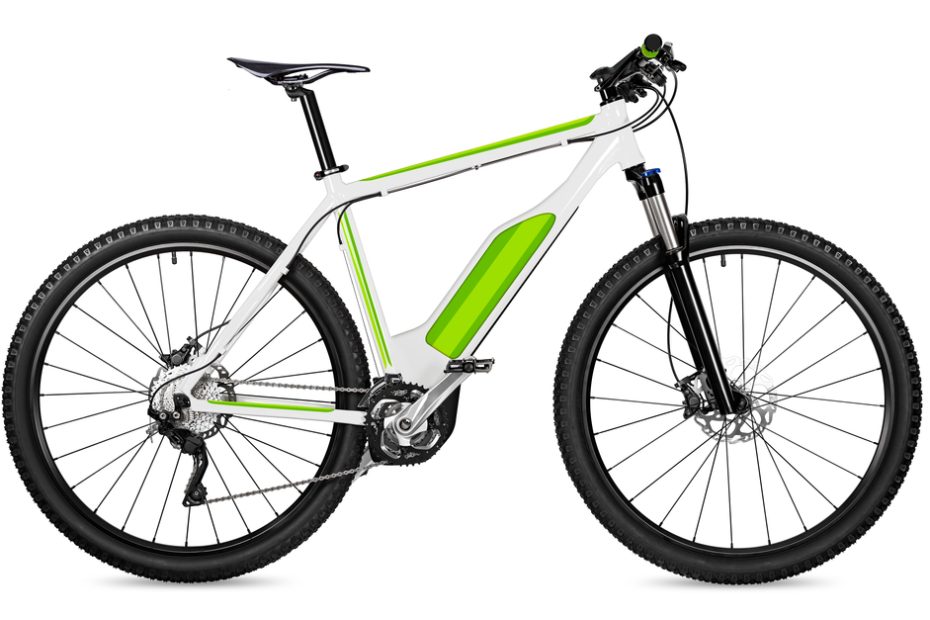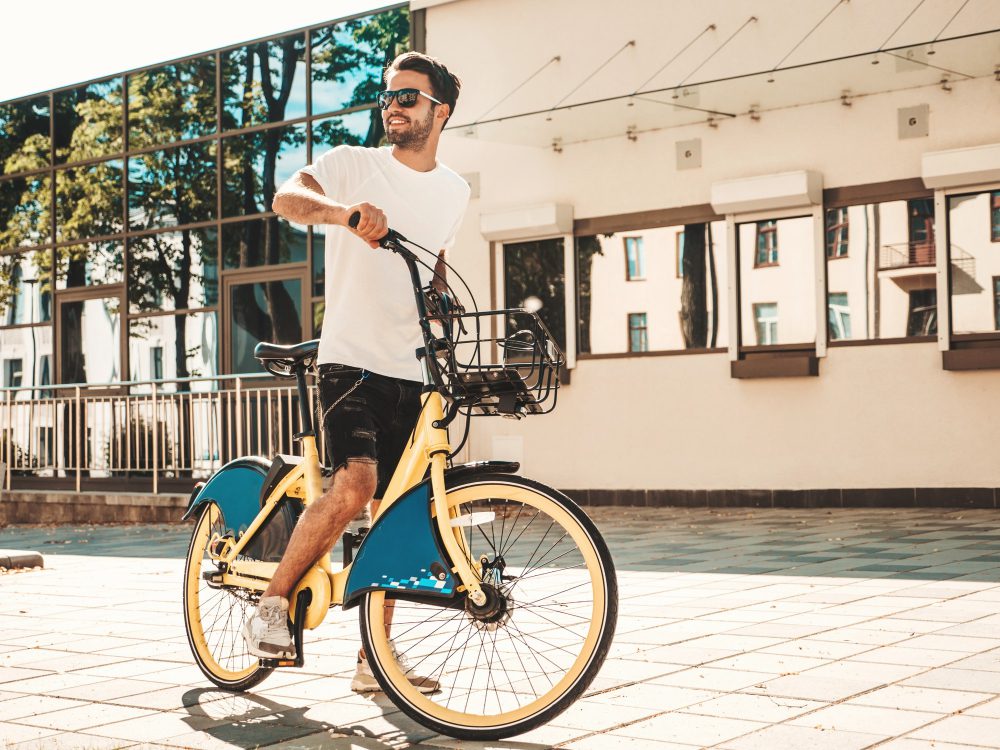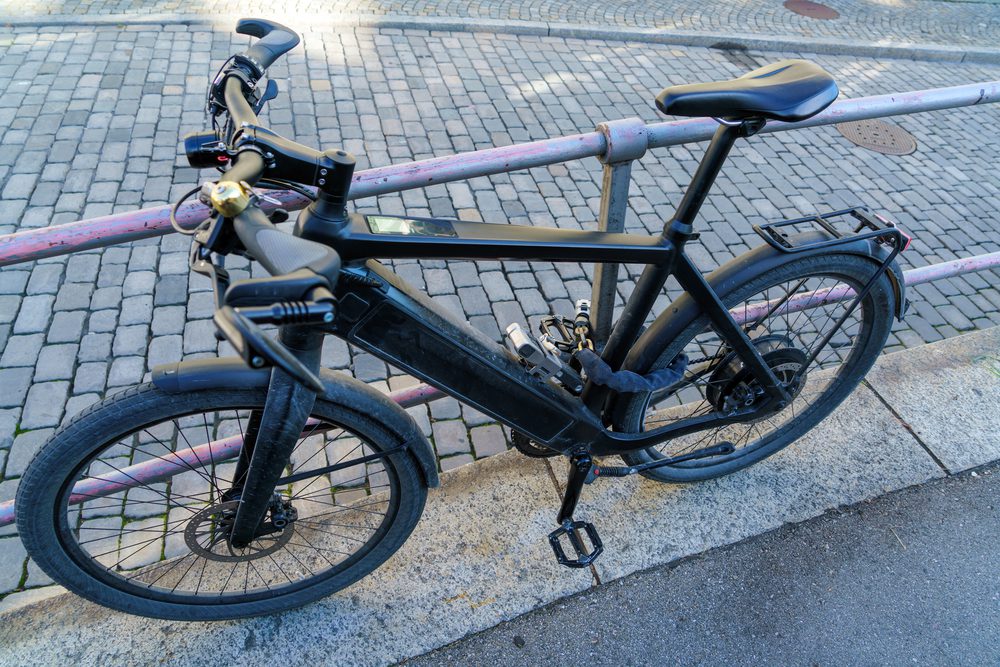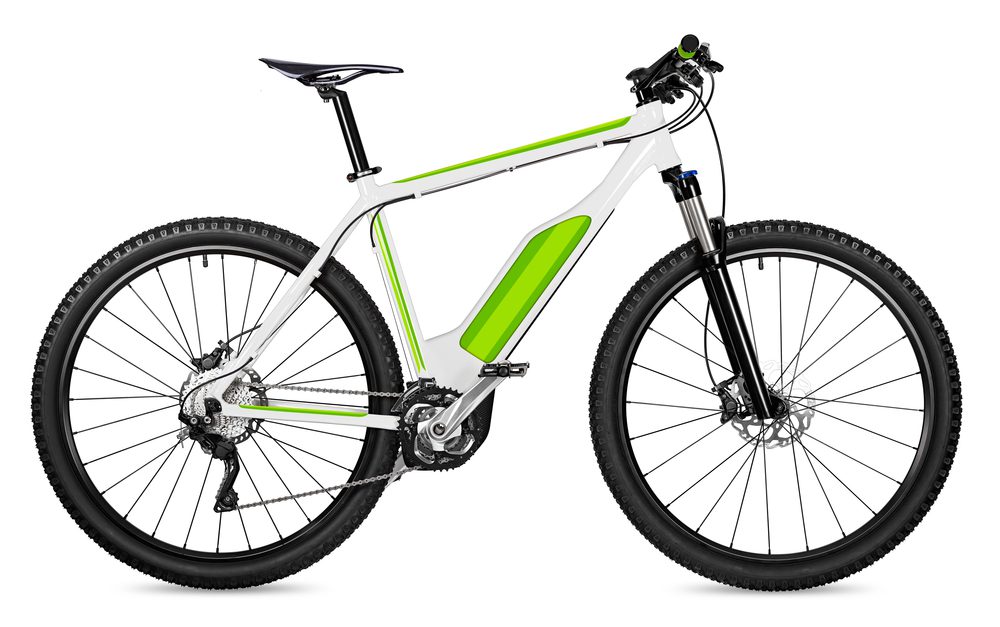How do you charge an electric bike on the road?
As electric bikes become increasingly popular, understanding how to charge them while on the road is essential for riders. With the growing network of charging infrastructure, it has become easier than ever to keep your electric bike powered up on the go. In this article, we will explore various charging options and provide you with useful tips to ensure you always have a sufficient battery level during your cycling adventures.
Charging Options
There are several ways to charge an electric bike while on the road:
- Public Charging Stations: Many cities and towns now offer public charging stations specifically designed for electric vehicles, including electric bikes. These charging points are typically equipped with standard power outlets or specialized connectors for easy access. Some stations may require registration or payment, so it’s advisable to check beforehand.
- Cafés and Restaurants: Some cafés and restaurants have started providing charging facilities for their customers. This allows riders to enjoy a meal or a cup of coffee while their electric bike’s battery replenishes. It’s worth checking if any establishments along your route offer this convenient service.
- Hotels and Accommodations: If you’re embarking on a longer cycling trip and staying at hotels or accommodations, inquire about their charging options. Many places now cater to electric bike users by offering charging stations or allowing you to charge your bike in your room.
- Portable Chargers: For riders who prefer more flexibility, portable chargers can be a handy solution. These compact devices can be easily carried in a backpack and connected to your electric bike whenever needed. Portable chargers are especially useful when camping or exploring areas without dedicated charging infrastructure.
Tips for Charging on the Road
Here are some essential tips to consider when charging your electric bike while on the road:
- Plan Ahead: Before setting off on your journey, research the availability of charging stations along your route. This way, you can plan your stops accordingly and ensure a smooth charging experience.
- Carry the Necessary Cables and Adapters: Different electric bikes may require specific cables or adapters for charging. Make sure to carry the appropriate accessories to ensure compatibility with various charging points.
- Monitor Battery Levels: Regularly check your electric bike’s battery level during your ride. By keeping an eye on it, you can anticipate when you’ll need to charge and avoid potentially running out of power in remote areas.
- Utilize Regenerative Braking: Some electric bikes are equipped with regenerative braking systems that convert kinetic energy into electrical energy, thus charging the battery. Take advantage of this feature by utilizing braking techniques that activate the regenerative function.
“Charging an electric bike on the road has become much more convenient thanks to the expanding network of charging infrastructure. With proper planning and utilization of available resources, riders can enjoy longer distances without worrying about running out of battery.”
By following these guidelines and taking advantage of the growing accessibility to charging facilities, electric bike riders in the UK can confidently explore new routes, take on longer trips, and fully embrace the benefits of sustainable transportation.
Do electric bikes use a lot of electricity?
One of the key benefits of electric bikes is their energy efficiency. Compared to other forms of transportation, electric bikes are much more eco-friendly and cost-effective. But do they use a lot of electricity?
Energy Consumption of Electric Bikes
Electric bikes use electricity to power the motor that assists with pedaling. The amount of electricity consumed by an electric bike depends on various factors:
- Battery Capacity: Electric bikes come with different battery capacities, typically ranging from 250Wh to 750Wh. A higher capacity battery will provide more power, but also consume more electricity.
- Assistance Level: Most electric bikes offer multiple assistance levels, allowing riders to adjust the amount of assistance provided by the motor. Higher assistance levels will consume more electricity.
- Riding Conditions: Electric bikes use more electricity when climbing hills or riding against strong headwinds, as the motor needs to exert more power to maintain speed.
- Rider’s Pedaling Input: Electric bikes are designed to assist pedaling, so the more effort the rider puts into pedaling, the less electricity the bike will consume. Opting for lower assistance levels and actively pedaling can help conserve energy.
Efficiency of Electric Bikes
Despite using electricity, electric bikes are still highly efficient compared to traditional vehicles. In fact, electric bikes are considered one of the most energy-efficient modes of transportation available.
According to a study conducted by the European Cyclists’ Federation, electric bikes consume, on average, only 2.3 kWh per 100 km, which is significantly less than a car or even a regular bicycle.
Moreover, electric bikes offer an excellent alternative to cars for short commutes, reducing congestion and pollution while keeping energy consumption to a minimum.
Charging Requirements
When it comes to charging an electric bike, its battery can be recharged using a standard electrical outlet. Electric bike batteries typically take a few hours to charge fully, depending on the battery capacity and charger specifications.
If you are on the road and need to charge your electric bike, you may find charging stations specifically designed for electric vehicles, including electric bikes. These charging stations are becoming more common, making it easier to recharge your bike during long rides.
Conclusion
Electric bikes use electricity, but they are highly efficient compared to traditional vehicles. Their energy consumption varies based on battery capacity, assistance level, riding conditions, and rider input. With their low power requirements and eco-friendly nature, electric bikes are a sustainable and cost-effective mode of transportation.



